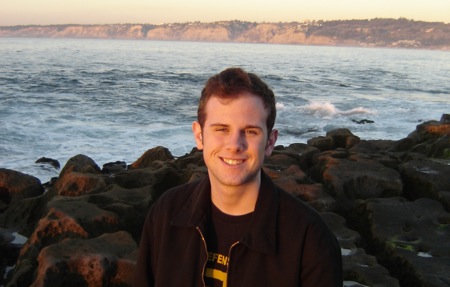TightWind is written by Kyle Baxter. Stay Hungry. Stay Foolish.
A Shift in Apple’s Organizational Structure
October 30th, 2012If this was only about Forstall being a problem, though, Apple would replace him. They clearly aren’t: the same press release explicitly states a search is underway to replace Browett. Not only is this a profound increase in responsibility for all three of these top executives, it’s a profound change in Apple’s organization going as far back as I can remember. There’s a long-standing pattern of separating watershed products important to the company’s future. The Mac and Apple teams. Mac OS X and Classic. The iPod division. iOS and Mac OS X. Suddenly, Tim Cook has pulled the reins in. Federighi owns software. Ive owns design. Cue owns services. Period.
Excellent point. Something I’ve been thinking about since yesterday’s announcement, too, is that under Steve Jobs, Apple had one person tasked with making decisions on nearly every aspect of the company—Jobs. He was intimately involved with product design, negotiations and advertising. While he would listen to what others thought, he had final say—Jobs made decisions and others carried them out. Tim Cook, though, has delegated decision-making power to other people within the company, so there is no one person who makes decisions. This re-organization clarifies these roles; Ive is in charge of design, Cue Internet software and services, Federighi software, and Mansfield technologies. That’s a much clearer structure than before, where decision-making for software was broken up between Federighi and Forstall, Internet services between Cue and Forstall, and user interface design between several people, including Forstall. I wonder if, when Cook’s replaced Jobs, this split of responsibilities led to conflict.
With more clarified responsibilities for the management team, Cook’s more consensus-based approach should operate better.

